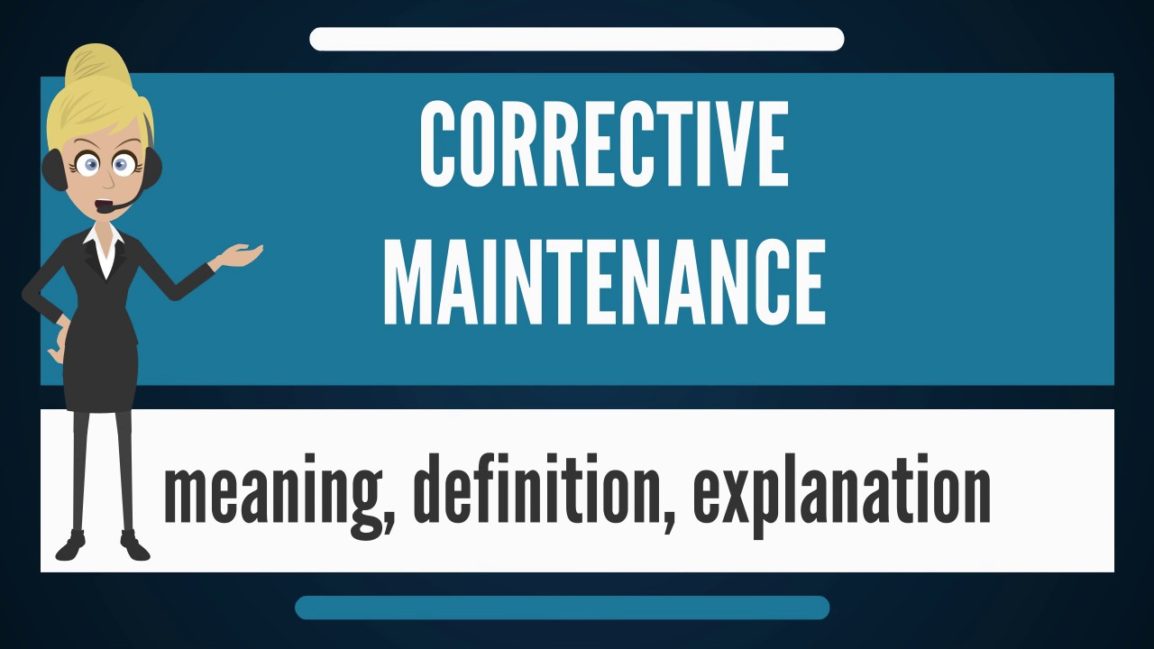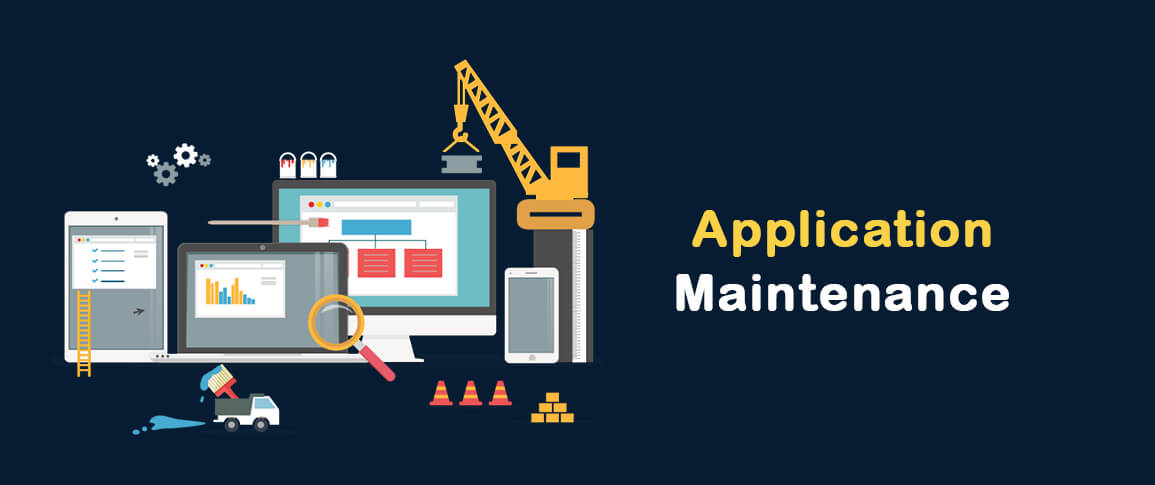Processing Support consists of the application-related activities required to run the production environment. Processing Support activities include scheduled updates of application components (for example tables, parameters, scripts, job schedules, or data loads) with predetermined values that are required for the successful completion of the application’s processing.
Processing Support also includes application monitoring for issues or successful completion of processing. As temporary workarounds are implemented by Service Provider, additional Processing Support … Read the rest “Processing Support”







